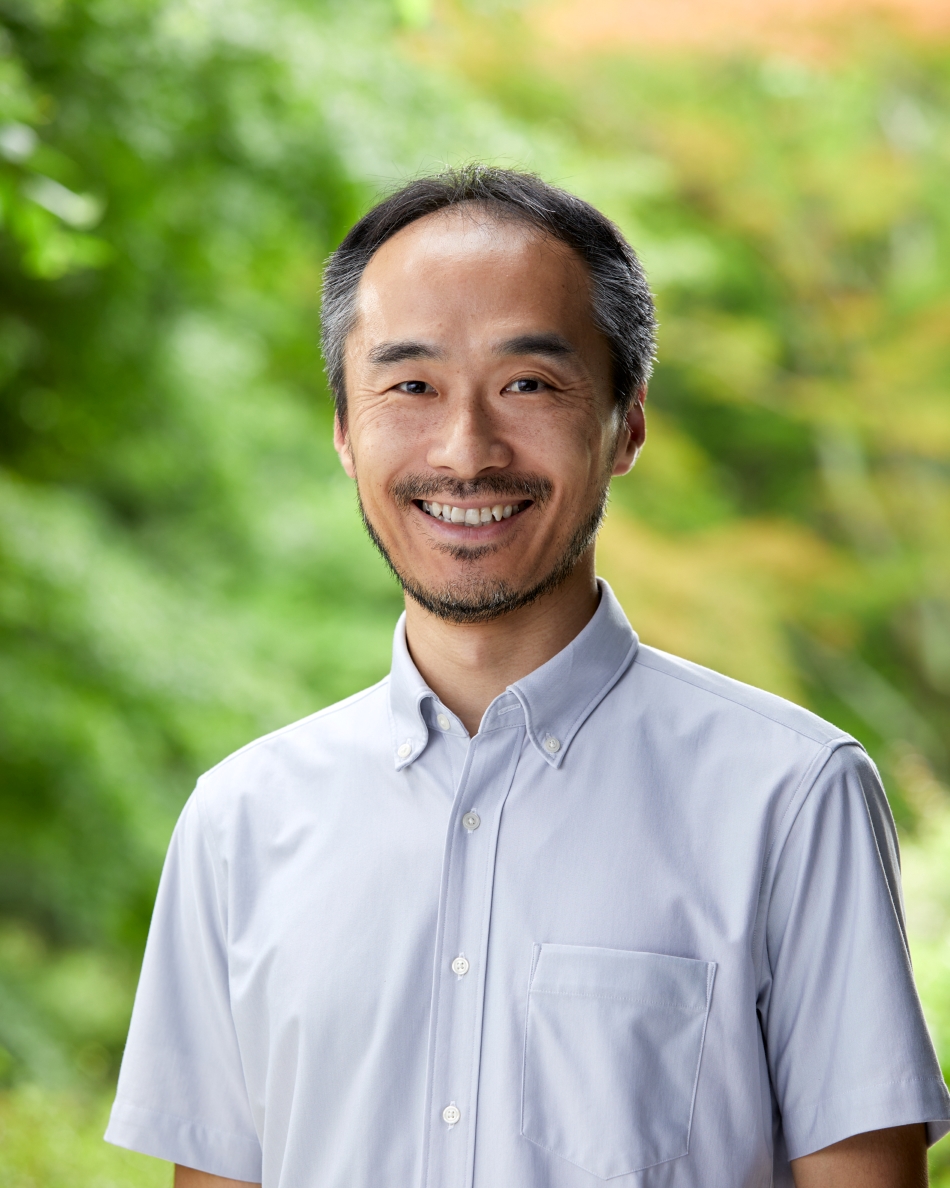- 予算区分
- 特別研究員奨励費
- 研究課題コード
- 2021CD001
- 開始/終了年度
- 2020~2021年
- キーワード(日本語)
- フェート,生物利用性,生物蓄積,パッシブドージング,毒性
- キーワード(英語)
- Chemical fate,Bioavailability,Bioaccumulation,Passive dosing,Toxicity
研究概要
The chemical bioavailability in sediment contact tests depends on (1) the extent of binding to sediment and food sources; (2) continuous losses to water refreshment; and (3) the contribution of multiple exposure pathways to the total chemical uptake. In this project, spatially and temporally resolved exposure concentrations will be related to toxicity in the standardized 10-day sediment contact test using experimental and modeling approaches. The project aims to bridge the gap between lab and field in terms of accurate extrapolation of effect concentrations.
研究の性格
- 主たるもの:基礎科学研究
- 従たるもの:応用科学研究
全体計画
In the first year, exposure concentrations in pore, overlying water, and sediment will be measured over time and space for a set of diverse chemicals. The data will be analyzed by a mechanistic model to study the applicability domain of the standard test setup and to propose possible changes for optimization. The passive dosing method in water tests using meshes will be developed.
In the second year, the standard sediment contact test will be optimized based on the previous findings. The mesh-based passive dosing method will be applied to achieve defined, constant free water concentrations while varying the chemical uptake by food and sediment ingestion. Internal organism concentrations will be measured over time yielding uptake rates that will be included into the kinetic exposure model.
今年度の研究概要
The standard sediment contact test will be optimized based on the previous findings, possibly adjusting the sediment composition and dosing, the water refreshment procedure, and/or the addition of a passive dosing reservoir. The mesh-based passive dosing method will be applied to achieve defined, constant free water concentrations while varying the chemical uptake by food and sediment ingestion. Internal organism concentrations will be measured over time by solvent extraction yielding uptake rates that will be included into the kinetic exposure model.
外部との連携
外国人特別研究員(研究分担者)Fabian Christoph Fischer
- 関連する研究課題
- 25976 : PJ4_全懸念化学物質の環境動態の把握を目指した数理モデル的手法の開発に関する研究
- 25566 : 環境リスク・健康分野(ア先見的・先端的な基礎研究)
課題代表者
遠藤 智司
- 環境リスク・健康領域
曝露影響計測研究室 - 主幹研究員
- 博士(自然科学)
- 化学,地学



